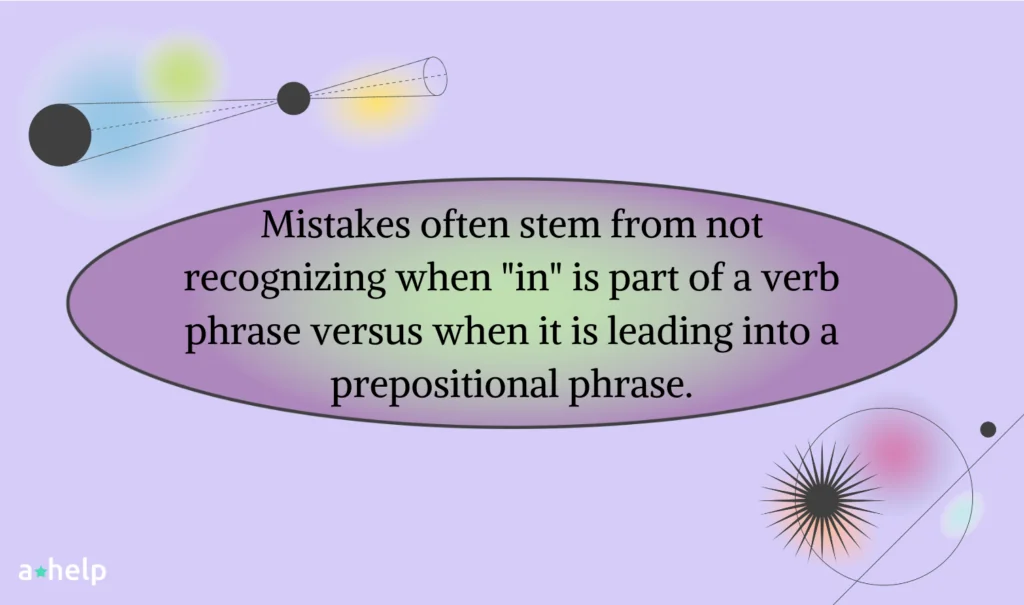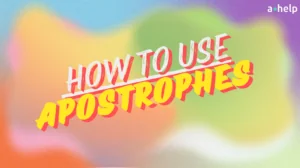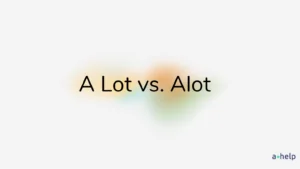One common mix-up in English involves the phrases “in to” and “into.” At first glance, they might seem identical, but they serve very different roles in sentences.

✅ AI Essay Writer ✅ AI Detector ✅ Plagchecker ✅ Paraphraser
✅ Summarizer ✅ Citation Generator
“Into” is a preposition that shows movement towards the inside of a place or into a particular state (She walked into the room). “In to” combines the adverb ‘in’ with the preposition ‘to’, often as part of a phrasal verb or to indicate an action (He turned in to ask a question). If you want to learn more about these differences in detail, understand common errors, and get some language practice, then we have something to offer you.
Into – A Preposition
“Into” is a preposition used in the English language to express movement towards the inside of a location or to signify transformation into a different state. This preposition helps to highlight the transition of an object or person from one position to another or one form to another.

For example, when we say, “Jessica walked into the room,” we mean Jessica moved from outside the room to inside it. Another example is, “The caterpillar transformed into a butterfly,” which describes the caterpillar’s change into a completely different form.
“Into” is also used to indicate someone’s involvement in a particular state or activity. Saying “He got into trouble” implies that he became involved in something bad.
Common phrases using “into” include “break into,” as in entering forcibly, and “look into,” meaning to investigate something. Whether indicating direction, transformation, or investigation, “into” plays an important role in constructing these sentences. Check your grammar and be confident in your work!
In to – Two Separate Words
Unlike “into,” which is a single preposition, “in to” comprises two separate words: the adverb ‘in’ and the preposition ‘to.’ This distinction is important as it affects how we understand and construct sentences. “In” typically ends a verbal phrase, and “to” begins either an infinitive or a prepositional phrase. For example, in the command “turn in to win,” “turn in” suggests submitting something, and “to win” indicates the purpose. Another example is “come in to discuss,” where “come in” means to enter, and “to discuss” outlines the reason for entering.
Key phrases and idioms that commonly use “in to” include “give in to” (surrender to), “make it in to” (succeed in entering), and “call in to” (phone into a place).
Here’s a list of some more examples illustrating the use of “in to” versus “into,” focusing on situations where “in” is part of the verb phrase followed by “to.”
- Turn in to win – Remember to turn in your entries to win the prize.
- Bring in to discuss – Please bring in your reports to discuss during the meeting.
- Drop in to say hello – She might drop in to say hello later.
- Sign in to start – Sign in to start your session.
- Plug in to charge – Plug in your phone to charge it overnight.
- Go in to explore – They went in to explore the cave.
- Check in to receive your badge – Check in at the desk to receive your conference badge.
- Call in to participate – Call in to participate in the meeting.
- Break in to adjust – He had to break in to adjust the settings.
- Log in to access – Log in to access your account.
“Into” vs. “In To” and Phrasal Verbs
Knowing the difference between “into” and “in to” can be tricky, especially when dealing with phrasal verbs. A common phrasal verb where this confusion occurs is “log in.” Correctly, one would say, “log in to check your email.” Here, “log in” is the action of accessing an account, and “to check your email” describes the purpose of logging in. People often mistakenly combine “in” with “to,” writing it as “login into check your email,” which muddles the clarity of the verb and the prepositional phrase.
Other examples include “check in to your flight” versus “check into your hotel.” The first uses “in to” because “check in” is a phrasal verb meaning to register upon arrival and “to your flight” specifies where. The second, “check into,” uses “into” to indicate moving towards something, in this case, entering the hotel.

FAQ
Follow us on Reddit for more insights and updates.





Comments (0)
Welcome to A*Help comments!
We’re all about debate and discussion at A*Help.
We value the diverse opinions of users, so you may find points of view that you don’t agree with. And that’s cool. However, there are certain things we’re not OK with: attempts to manipulate our data in any way, for example, or the posting of discriminative, offensive, hateful, or disparaging material.